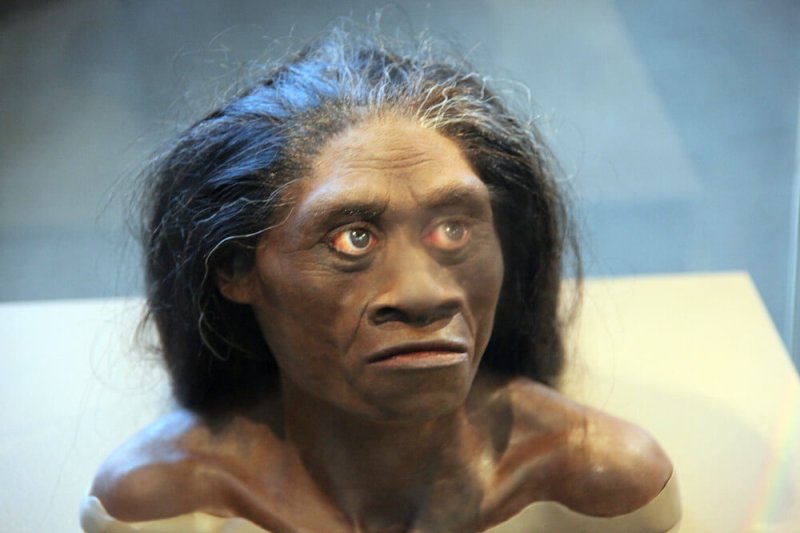An ancient legend from the Indonesian island of Flores speaks of a mysterious, wild grandmother of the forest who eats everything: the ‘ebu gogo’. According to folklore, such tiny, hairy people as her once roamed the tropical forests alongside modern humans, eating crops and sometimes even human flesh.
…
The legend became viewed in entirely new light, however, when the bones of an equally small, previously unknown species of human relative [nicknamed hobbits by researchers] was discovered deep in a cave on the very same island.
…
Had the people of Flores preserved an oral record of H floresiensis?
…
From the beginning, there were, however, weak links in the proposed connection between the prehistoric bones and the mythical legend. To begin with, the two concepts exist in entirely different regions of Flores.
…
Each expedition in search of a reported sighting revealed an empty cave or else, a macaque. New pieces of scientific evidence have also made the connection increasingly implausible, especially a revision of the dating that moved the hobbits’ disappearance to almost 50,000 years ago. To experts, ebu gogo was about as real as the tooth fairy.
…
H floresiensis revealed that the past was more bizarre than we imagined, full of evolutionary hodgepodges, unexpected migrations, and life in surprising places.































